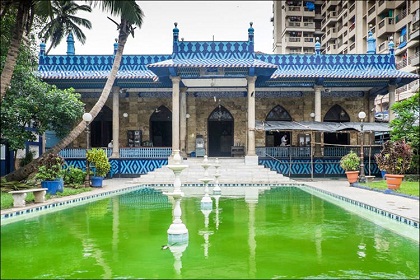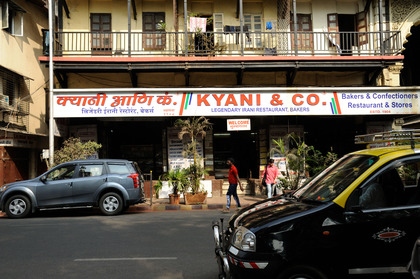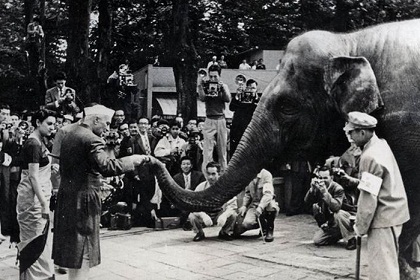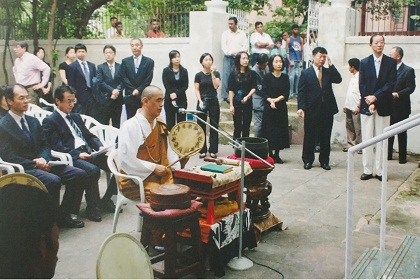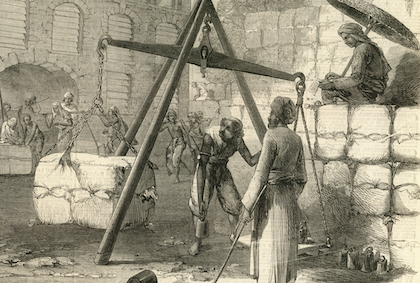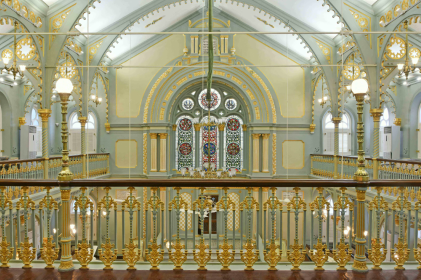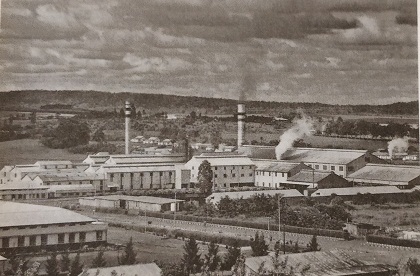Bombay’s early Baha’is
India has the largest number of Baha’is in the world today, followers of the world’s newest religion, which was founded in 19th-century Persia. Persecuted in their own country, they came to Bombay, which was already home to many Iranians, to purvey the message of their faith


